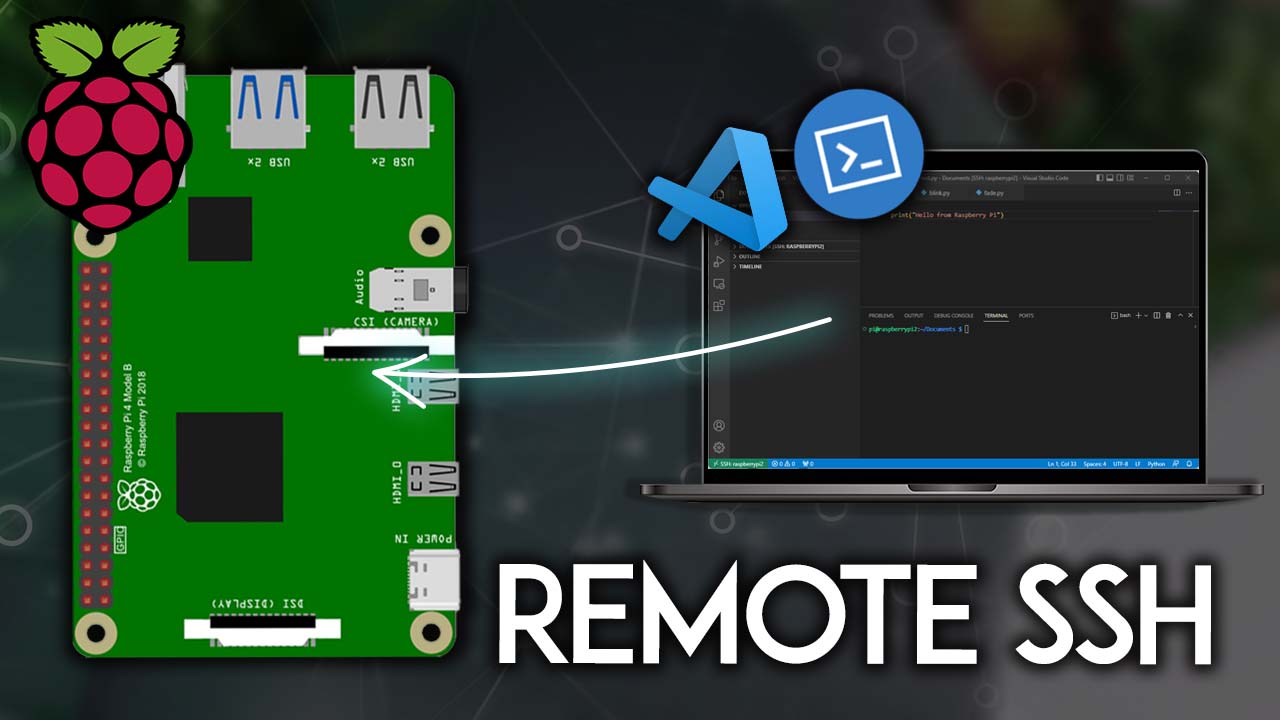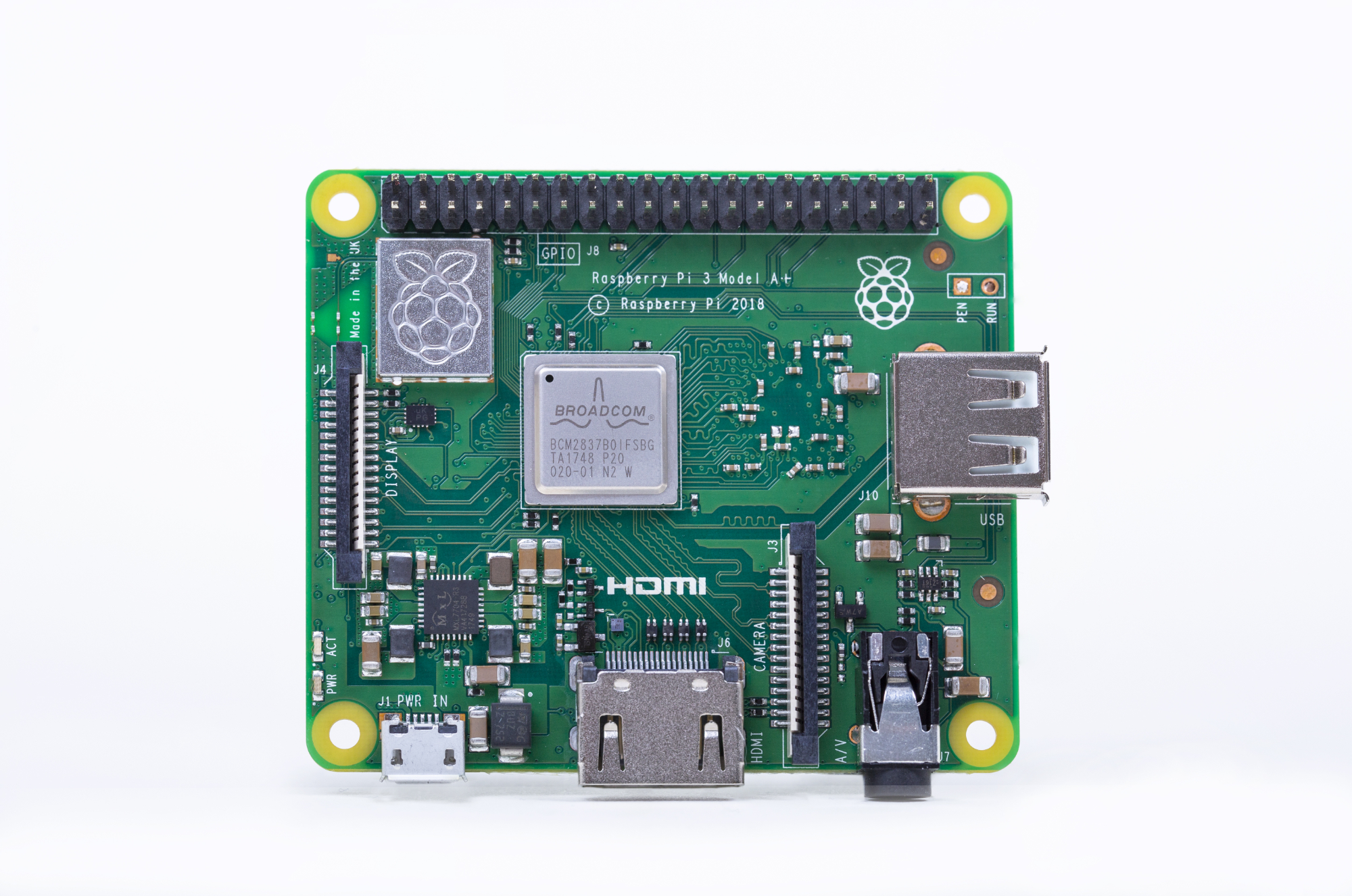Hey there, tech enthusiasts! Are you ready to dive into the world of remote IoT platforms? If you're working with Raspberry Pi and need secure remote access, then this article is your go-to resource. RemoteIoT platform SSH Raspberry Pi is becoming increasingly popular among hobbyists and professionals alike. Let's explore why it's such a game-changer in the tech world!
Imagine being able to control your devices from anywhere in the world. Sounds like something out of a sci-fi movie, right? Well, it's not just a dream anymore. With the power of SSH on your Raspberry Pi, you can manage your IoT devices securely and efficiently. This technology opens up endless possibilities for both personal and professional projects.
In today's fast-paced world, having remote access to your IoT devices is more than just a convenience—it's a necessity. Whether you're monitoring home security systems, managing industrial equipment, or simply tinkering with your DIY projects, understanding how to set up and secure your remote IoT platform is crucial. Let's get started!
What is RemoteIoT Platform SSH Raspberry Pi?
Alright, let's break it down. The RemoteIoT platform SSH Raspberry Pi refers to the combination of a remote IoT platform and Secure Shell (SSH) protocol used on a Raspberry Pi device. SSH is a cryptographic network protocol that allows you to securely access and manage your Raspberry Pi over the internet. This setup is perfect for anyone looking to control their IoT devices remotely without compromising security.
SSH provides encrypted communication between your local machine and the Raspberry Pi, ensuring that your data remains safe from prying eyes. With this setup, you can execute commands, transfer files, and even manage multiple devices—all from the comfort of your home or office. It's like having a personal tech assistant at your fingertips!
Why Use SSH for Your Raspberry Pi?
Now, you might be wondering, "Why should I use SSH instead of other methods?" Well, here's the deal: SSH offers several advantages that make it the go-to choice for remote access. First and foremost, it's incredibly secure. Unlike other protocols, SSH encrypts all data transmitted between your computer and Raspberry Pi, protecting it from unauthorized access.
- Telugu Movies 2025 Exciting Films Updates You Cant Miss
- Lara Rose Singer Tiktok Star More Everything You Need To Know
Here are some key benefits of using SSH for your Raspberry Pi:
- Security: SSH encrypts your connection, making it difficult for hackers to intercept your data.
- Reliability: SSH connections are stable and reliable, even over long distances.
- Flexibility: You can execute commands, transfer files, and manage multiple devices with ease.
- Scalability: SSH can handle multiple connections simultaneously, making it ideal for managing large IoT networks.
Setting Up SSH on Your Raspberry Pi
Alright, let's get our hands dirty and set up SSH on your Raspberry Pi. Don't worry—it's easier than you think! Here's a step-by-step guide to help you get started:
Step 1: Enable SSH on Your Raspberry Pi
The first thing you need to do is enable SSH on your Raspberry Pi. You can do this by accessing the Raspberry Pi Configuration tool. Simply open the terminal and type:
sudo raspi-config
From there, navigate to the "Interfacing Options" menu and select "SSH." Follow the prompts to enable SSH on your device. Easy peasy, right?
Step 2: Find Your Raspberry Pi's IP Address
Once SSH is enabled, you'll need to find your Raspberry Pi's IP address. You can do this by typing the following command in the terminal:
ifconfig
Look for the "inet" address under the "wlan0" or "eth0" section. This is the IP address you'll use to connect to your Raspberry Pi remotely.
Step 3: Connect to Your Raspberry Pi via SSH
Now that you have your IP address, it's time to connect to your Raspberry Pi via SSH. Open your terminal or SSH client and type:
ssh pi@your_pi_ip_address
Replace "your_pi_ip_address" with the actual IP address of your Raspberry Pi. You'll be prompted to enter your password, and voilà—you're connected!
Securing Your RemoteIoT Platform
Security should always be your top priority when working with remote IoT platforms. Here are a few tips to help you secure your remote IoT platform SSH Raspberry Pi:
- Change Default Credentials: Always change the default username and password on your Raspberry Pi to something more secure.
- Use Strong Passwords: Avoid using simple or easily guessable passwords. Instead, opt for complex passwords that include a mix of letters, numbers, and symbols.
- Enable Two-Factor Authentication: Add an extra layer of security by enabling two-factor authentication for your SSH connections.
- Regularly Update Your System: Keep your Raspberry Pi and all its software up to date to protect against vulnerabilities.
RemoteIoT Platform SSH Raspberry Pi Use Cases
The possibilities with remote IoT platform SSH Raspberry Pi are virtually endless. Here are a few examples of how you can use this setup in real-world scenarios:
Home Automation
With SSH and Raspberry Pi, you can create a smart home system that allows you to control lights, thermostats, and security systems remotely. Imagine being able to adjust your home's temperature or turn off lights from your phone while you're miles away!
Industrial Monitoring
In the industrial sector, SSH-enabled Raspberry Pi devices can be used to monitor equipment and processes in real time. This can help improve efficiency, reduce downtime, and prevent costly repairs.
DIY Projects
For hobbyists and DIY enthusiasts, the remote IoT platform SSH Raspberry Pi offers endless opportunities for creativity. From building your own weather station to creating a personal cloud storage system, the sky's the limit!
Troubleshooting Common Issues
Let's face it—things don't always go as planned. Here are a few common issues you might encounter when setting up your remote IoT platform SSH Raspberry Pi and how to fix them:
- Connection Refused: If you're unable to connect to your Raspberry Pi, double-check your IP address and ensure that SSH is enabled.
- Authentication Failed: If you're getting an authentication error, make sure you're using the correct username and password.
- Timeout Errors: If your connection keeps timing out, try restarting your Raspberry Pi or checking your network settings.
Best Practices for Managing Your RemoteIoT Platform
To get the most out of your remote IoT platform SSH Raspberry Pi, it's important to follow some best practices:
- Document Your Setup: Keep detailed notes of your configuration settings and any changes you make to your system.
- Back Up Regularly: Regularly back up your Raspberry Pi's data to prevent loss in case of hardware failure.
- Monitor Activity: Keep an eye on your SSH connections to detect any suspicious activity and address it promptly.
Future Trends in RemoteIoT Platforms
The world of remote IoT platforms is constantly evolving. Here are a few trends to watch out for in the coming years:
- Edge Computing: As more devices become connected, edge computing will play a crucial role in processing data closer to the source, reducing latency and improving performance.
- AI Integration: Artificial intelligence will increasingly be integrated into IoT platforms, enabling smarter decision-making and automation.
- 5G Connectivity: The rollout of 5G networks will provide faster and more reliable connections for remote IoT devices.
Conclusion
And there you have it—your ultimate guide to remote IoT platform SSH Raspberry Pi. By following the steps outlined in this article, you can set up a secure and efficient remote access system for your IoT devices. Remember, security should always be your top priority, so take the necessary precautions to protect your data.
So, what are you waiting for? Grab your Raspberry Pi, fire up your terminal, and start exploring the exciting world of remote IoT platforms. And don't forget to share your experiences and projects with the community. We'd love to hear about your adventures in the world of IoT!
Call to Action: Leave a comment below and let us know how you're using SSH with your Raspberry Pi. Or, if you have any questions, feel free to ask—we're here to help!
Table of Contents
- RemoteIoT Platform SSH Raspberry Pi: Your Ultimate Guide to Secure Remote Access
- What is RemoteIoT Platform SSH Raspberry Pi?
- Why Use SSH for Your Raspberry Pi?
- Setting Up SSH on Your Raspberry Pi
- Securing Your RemoteIoT Platform
- RemoteIoT Platform SSH Raspberry Pi Use Cases
- Troubleshooting Common Issues
- Best Practices for Managing Your RemoteIoT Platform
- Future Trends in RemoteIoT Platforms
- Conclusion


